On Sadaat Hasan Manto’s 114th birth anniversary, read this to take a walk through names and places that he shared a connect with
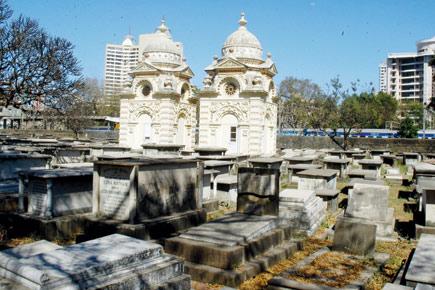
The Jewish Cemetery at Chinchpokli
![]() In better times for the genre, there was a master who ruled the art of writing short stories. He taunted, tickled, seduced, provoked and tore your heart apart in a few pages; he ruled the underbellies of print like smut and elite circles like high art, finding the profound in the salacious and the banality of the profound. He played with the craft like he cared two hoots about it and played with laws and ideologies that ruled the written word, grinning all the way.
In better times for the genre, there was a master who ruled the art of writing short stories. He taunted, tickled, seduced, provoked and tore your heart apart in a few pages; he ruled the underbellies of print like smut and elite circles like high art, finding the profound in the salacious and the banality of the profound. He played with the craft like he cared two hoots about it and played with laws and ideologies that ruled the written word, grinning all the way.
ADVERTISEMENT
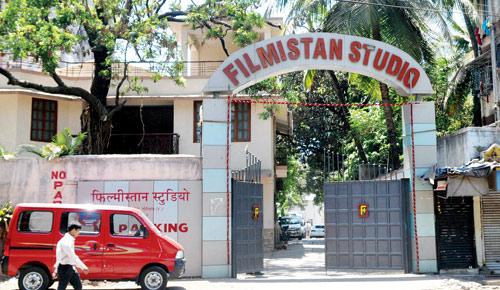
Filmistan Studio at SV Road, Goregaon (W). Pic/Nimesh Dave
But the unmatched display of savagery of the partition of India devoured him. Sadaat Hasan Manto never recovered from the pain, despite many shocking and brilliant stories coming out of the experience. For generations to come he primarily came to be known as the writer of partition, till recently his brilliant career in Mumbai was brought to notice again.
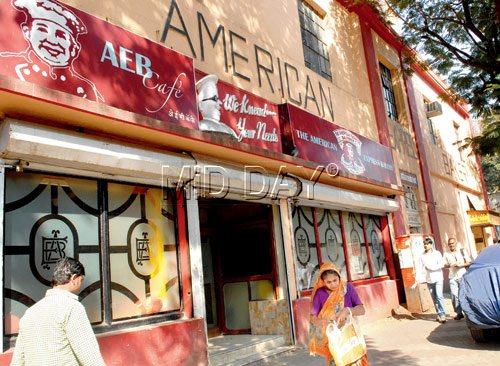
American Express Bakery at Clare Road near Nagpada. Pic/Shadab Khan
On the eve of his birth anniversary on May 11, we asked historian Rafique Baghdadi about parts of the city that live with the memories of the master, who left the city but the city never left him.
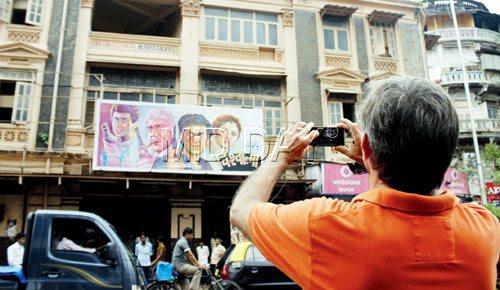
Arab Gully
Born in Ludhiana in 1912, Manto came to Mumbai in 1936. Back then he rented a place in Arab Gully between Taj Cinema, diagonally opposite Alfred Talkies on Grant Road. Later, he moved to a house in Byculla’s Adelphi Chambers.
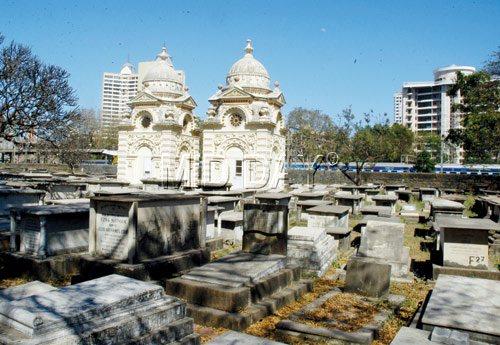
The Jewish Cemetery at Chinchpokli. Pic/Datta Kumbhar
Writing for cinema
In Mumbai, Manto had his tryst with cinema. He started working at Jyoti Studio near Grant Road and then later at Filmistan. He even forged a close friendship with Ashok Kumar, the superstar of those years. Some of the memorable films he wrote were Apni Nagariya (1940) and Kishan Kanhaiya (1937). His last film was Mirza Ghalib (1954) that was released after his death.
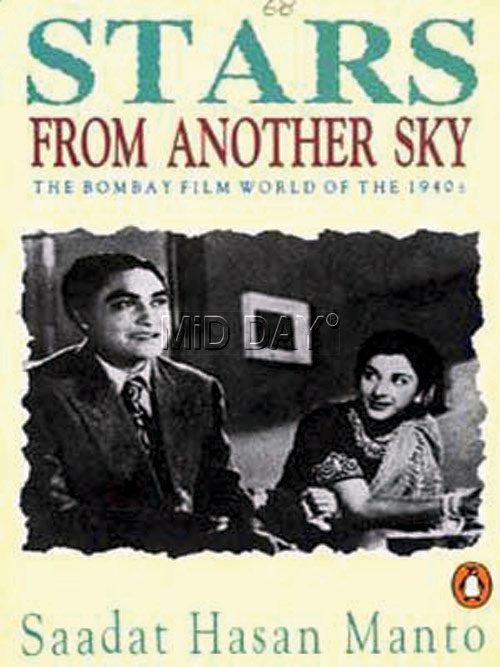
This book talks about celebrities of Hindi cinema in Manto’s time
The landmarks
It is said that Sarvi at Clare Road in Byculla once hosted Manto and his companions Ashok Kumar, Sitara Devi and the likes. Baghdadi mentions that in one of his stories he even obliquely refers to the kebabs of Sarvi. The American Express Bakery on Clare Road was also a regular stop that finds mention in some of his stories. The Jewish Cemetery in Byculla features in his story, Three Simple Truths.
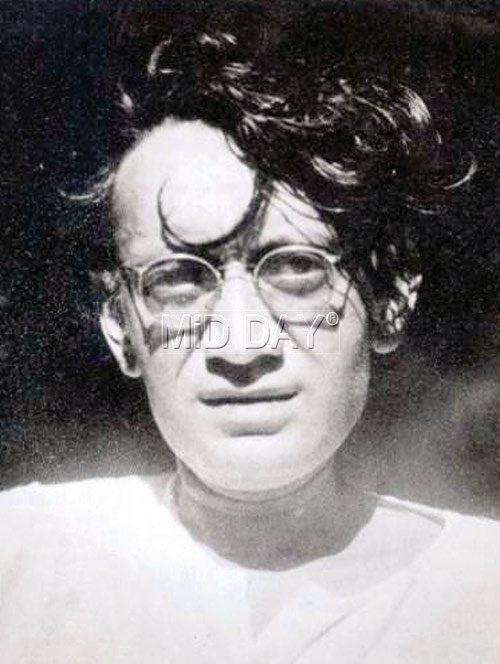
Sadaat Hasan Manto
To free for morals
Manto was a member of the Communist Progressive Writers’ Association but was denounced by the group for being reactionary and even degenerate in his thinking. He was later tried for obscenity on three occasions in pre-Independence India and thrice in Pakistan.
Stars from another sky
In this book, Manto takes up the role of the chronicler of the Mumbai film world of the 1940s. Ashok Kumar, Sitara Devi and Nargis all become a part of this narrative that was in itself a fresh approach to journalism in his time. After Partition, Manto had moved to Lahore where he wrote some of his most powerful short stories on the partition. But in many of his writings it comes across that he was pining for Mumbai. After many decades, the bylanes of the city, too, pines for the free spirit he embodied.
 Subscribe today by clicking the link and stay updated with the latest news!" Click here!
Subscribe today by clicking the link and stay updated with the latest news!" Click here!






